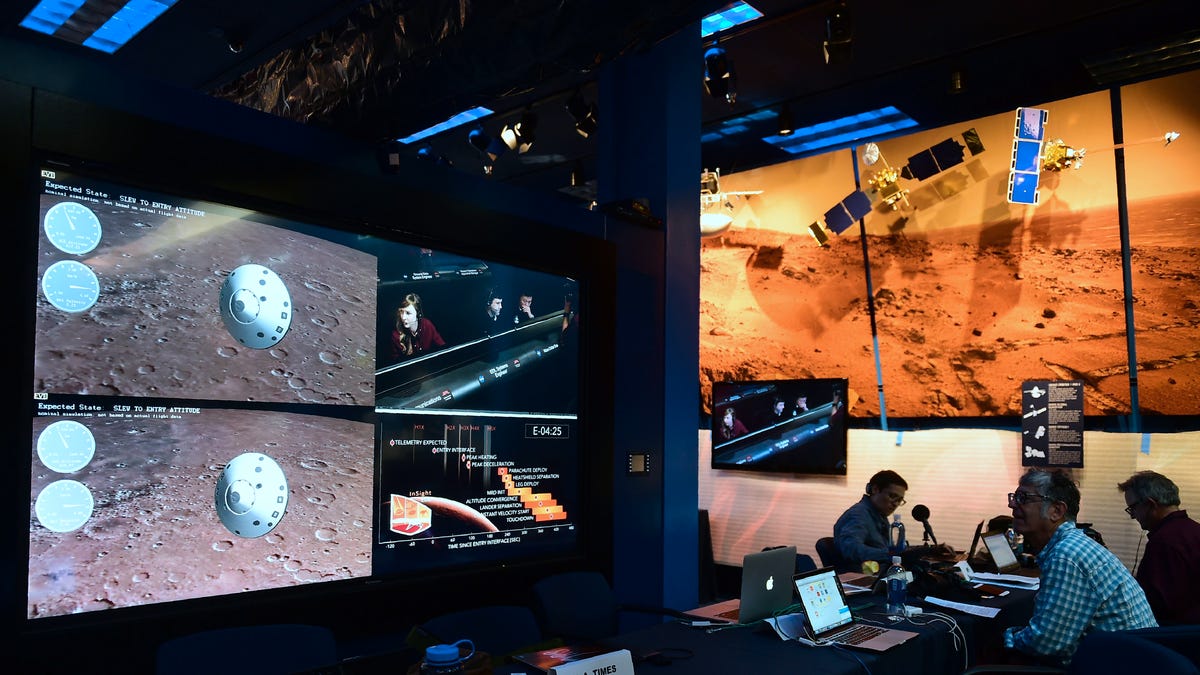NASA wants to melt Martian soil into 3D-printable building material

The worst part of building things is dealing with the materials. Storing plywood and 2x6es in your house, lugging metal stock home from Lowe’s to fix those frame rails. Wouldn’t it be nice if you could just build your next project from the stuff you already have laying around?
NASA certainly seems to think so, because it haWe’ve decided on the best way to build structures on the Moon and Mars without sending a single piece of concrete into space. Instead, the government’s Moon to Mars Planetary Autonomous Construction Technology (MMPACT) team wants to melt down the lunar and Martian soils to make materials for high-tech 3D printers.
Of course, melting down naturally occurring materials is nothing new — it’s how every foundry turns raw minerals into shiny new products. However, the differences between the tutorial level of Tony Hawk’s Pro Skater 3 and Mars are numerous. Wired delved into exactly the difficulties MMPACT will face since it takes this effort to the stars:
The first step to 3D printing on the moon is using lasers or microwaves to melt down regolith, says MMPACT team leader Jennifer Edmunson. Then it must cool to release gases; If you don’t do this, the material can be full of holes like a sponge. The material can then be printed in the desired shapes. How to assemble finished pieces is still being decided. To keep astronauts away from danger, Edmunson says the goal is to make the build as autonomous as possible, but she adds: “I can’t rule out people being used to maintain our entire equipment in the future and to repair.”
One of the challenges the team now faces is how to turn the lunar regolith into a building material strong and durable enough to protect human life. For starters, since future Artemis missions will be near the moon’s south pole, the regolith may contain ice. And for another, it’s not like NASA has heaps of real moon dust and rocks to experiment with — just samples from the Apollo 16 mission.
…
There are other X factors to consider when building on the moon – and a lot can go wrong. Gravity is much weaker, there’s a chance of moonquakes that can cause tremors for up to 45 minutes, and temperatures at the South Pole can reach as high as 130 degrees Fahrenheit in sunlight and as low as -400 degrees at night. Abrasive moon dust can clog machine connections and bring hardware to a standstill. During the Apollo missions, regolith-damaged space suits and dust inhalation caused astronauts to experience hay fever-like symptoms.
When it comes to printing structures from the lunar or Mars regolith, the unknowns seem to far outweigh the known. But that’s the point of scientific experimentation — to turn those questions into answers, find out what works or doesn’t work and why. Who knows? Perhaps future missions to Mars will find welcoming, comfortable shelter made from the planet’s own rocks.
.
Stay connected with us on social media platform for instant update click here to join our Facebook
For the latest News and Updates, Follow Us on Google News













